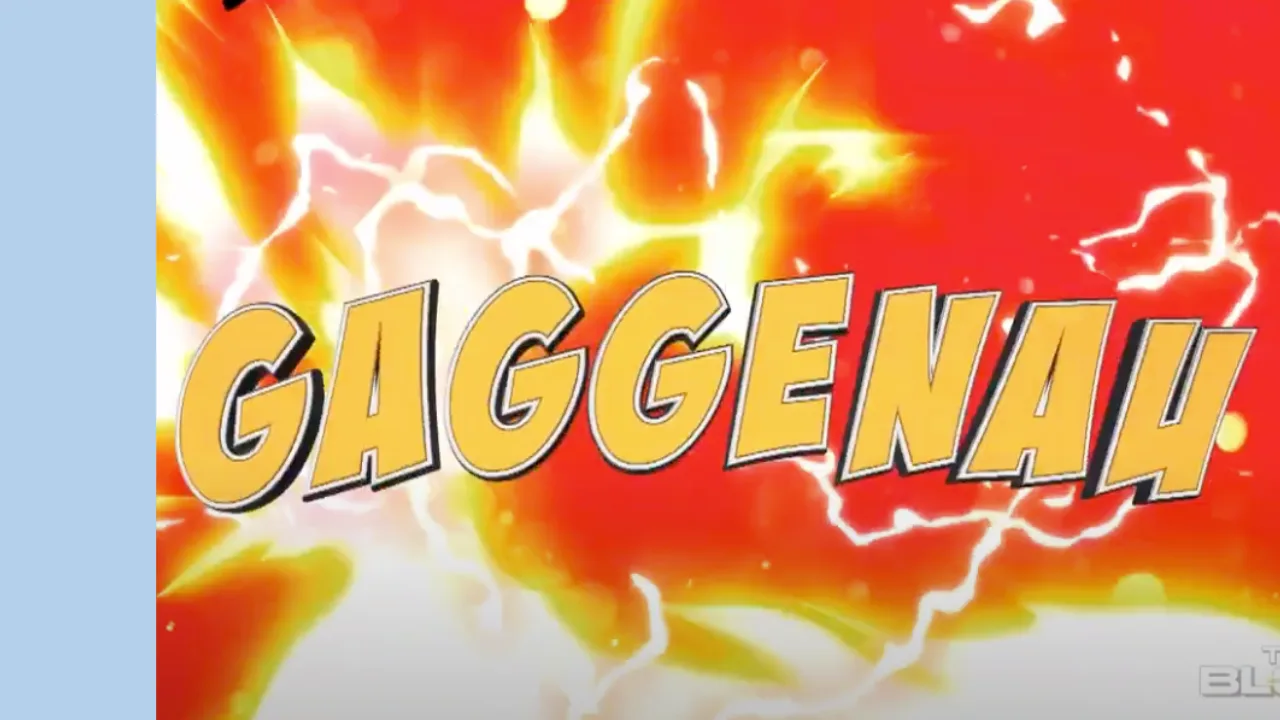The Rio Tinto Ltd (ASX: RIO) share price will face investors tomorrow after the ASX mining share reported its FY23 result.
Rio Tinto is a very large miner, producing iron ore, copper, aluminium and other commodities.
Rio Tinto FY23 result
This is the report for the 12 months to 31 December 2023:
- Revenue fell 3% to US$54 billion
- Underlying EBITDA declined 9% to US$23.9 billion
- Net profit down 19% to US$10 billion
- Operating cash flow down 6% to US$15.2 billion
- Free cashflow down 15% to US$7.66 billion
- Final dividend up 14.7% to US$2.58 per share
- Annual dividend down 12% to US$4.35 per share
What happened?
The business generally saw lower prices for its commodities as supply improved, outpacing “modest” demand growth. Lower prices led to a US$1.5 billion in underlying EBITDA compared to 2022, according to the company. How much profit it makes can have a sizeable impact on the Rio Tinto share price.
Higher prices for iron ore were offset by lower prices for copper, diamonds and industrial minerals. The average iron ore price was 0.5% higher, the average copper price was 3% lower and the average aluminium price was 17% lower.
An increase in unit costs saw EBITDA hit by US$1.4 billion. While the miner did say it’s focused on cost control, particularly fixed costs, it’s seeing a lag effect on inflation from third party costs, such as contractor rates, consumables and some raw materials.
The business also increased its global exploration and evaluation activity – this expenditure was $0.9 billion in 2023, compared to $0.9 billion in 2022 (though lower than the guidance of $1 billion for 2023).
Progress on major objectives
Rio Tinto said it made progress on its major objectives, including its Oyu Tolgoi underground copper mine in Mongolia and the Simandou iron ore project in Guinea. It has also taken “significant steps” towards its target of halving its scope 1 and scope 2 carbon emissions this decade, with agreements to contract future renewable wind and solar power for its Gladstone operations.
2024 guidance
The company has provided production guidance for a number of areas, and I’ll point to the highlights of that. Expectations about 2024 could have an impact on the Rio Tinto share price.
In 2024 it’s expecting to produce between 323mt to 338mt of iron ore, compared to 331.8mt in 2023. The Pilbara iron ore unit cash costs, on a free on board (FOB) basis are guided to be between US$21.75 to US$23.50 per wet metric tonne (wmt), up from US$21.50 per wmt in 2023. This reflects the “increased work effort in the mines and persistent labour and parts inflation in Western Australia”.
For copper, it’s expecting to produce between 230kt to 260kt of refined copper in 2024, compared to 175kt in 2023. This could come with copper C1 unit costs (including Kennecott, Oyu Tolgoi and Escondida) of between US$140 per pound to US$160 per pound, down from US$195 per pound in 2023, primarily driven by higher volumes at Oyu Tolgoi as the underground mine ramps up.
Aluminium is expected to see production of between 3.2mt to 3.4mt, compared to 3.3mt in 2023.
Final thoughts on the Rio Tinto share price
The Rio Tinto CEO Jakob Stausholm said:
We will continue paying attractive dividends and investing in the long-term strength of our business as we grow in the materials needed for a decarbonising world.
I like Rio Tinto’s moves towards commodities in a decarbonising world, such as its growth with copper. I’m not going to call it a buy right now, because of the elevated iron ore price (which has pushed the Rio Tinto share price higher). But, if the Rio Tinto share price did fall significantly, I think it could be an appealing buy for long-term dividend income.










